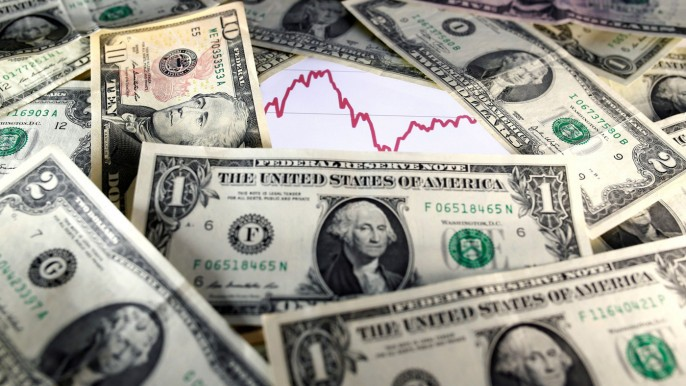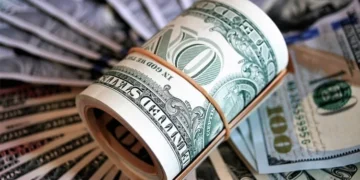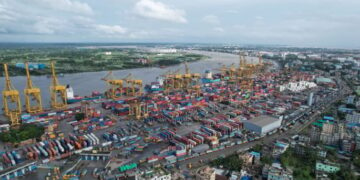In July, Bangladesh received $2.48 billion in remittances — a 29% rise compared to July last year. But despite the growth, this was the lowest monthly remittance in the past six months. Experts say the post-Eid period and unstable dollar rates influenced this decline. The central bank’s new actions in the foreign exchange market and leading bank performances also played a role in shaping remittance flows.
29% Growth Compared to Last Year
According to the Bangladesh Bank, remittances reached $2.48 billion in July 2025, which is a 29% increase compared to $1.91 billion in July 2024.
Last year’s July figure was lower because of mass protests and a five-day internet shutdown, which disrupted normal banking and money transfer services.
Lowest Monthly Inflow Since January
Even though the year-on-year figure grew, this was the lowest monthly remittance in the past six months. The last time remittance was this low was in January 2025, with an inflow of $2.19 billion.
Read More: NCP Unveils 24-Point Action Plan to Build a New Bangladesh
Why Did Remittance Drop in July?
Syed Mahbubur Rahman, Managing Director and CEO of Mutual Trust Bank (MTB) explained the situation clearly.
“We are currently receiving an average of $2.5 billion in remittances every month.”
“The year-on-year growth we are seeing is largely a reflection of a decrease in the demand for illicit money transfers.”
According to him, the reduction in money laundering is one reason for the rise in overall remittances.
But he also pointed out two reasons for the lower figure in July:
-
Post-Eid Drop:
After major festivals like Eid, remittances generally slow down because people have already sent money during Eid. -
Dollar Rate Instability:
Unstable exchange rates often make people wait before sending money, hoping for a better rate.
Central Bank Intervenes to Control Dollar Price
In early July, the dollar value fell by nearly Tk3, causing concern in the foreign exchange market.
To manage this, on 13 July, the Bangladesh Bank made history by buying dollars through an auction for the first time ever. The bank purchased:
-
$173 million at Tk121.50 per dollar on 13 July
-
$373 million more on 15 July at the same rate
Even though commercial banks were willing to sell dollars at Tk120-Tk120.50, the central bank paid Tk121.50, signalling it wanted to increase the dollar rate.
Currently, banks are collecting remittances at a rate of Tk122-123 per dollar.
A senior official from a foreign exchange house said:
“When the price of the dollar falls and then starts to rise again, it creates an expectation among customers that the price will increase further, which in turn reduces remittance inflows.”
“Conversely, if the dollar’s price falls too low, it can lead to a surge in illicit ‘hundi’ transactions.”
Record-Breaking Remittance in Fiscal Year 2024-25
In the fiscal year 2024–25, Bangladesh received a record $30.33 billion in remittance. This is the first time remittance crossed the $30 billion mark in a year.
-
The highest monthly remittance ever was recorded in March 2025, at $3.29 billion.
Top Banks Receiving Remittance
Islami Bank Bangladesh led all banks by receiving the highest amount in July — $534 million.
Other top banks were:
-
Agrani Bank: $247 million
-
Krishi Bank: $229 million
-
BRAC Bank: $178 million
-
Janata, Dhaka, and Trust Bank: Each received over $100 million
In total:
-
State-owned and specialised banks received: $777 million
-
Private banks received: $1.69 billion
Source: TBS
Share via:

















